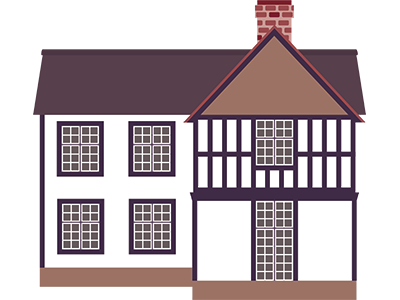Should I Buy a Mock Tudor House?
What is the difference between a Tudor and a mock Tudor house?
True Tudor houses were built in the Tudor period, between 1485 and 1603. Their typical features include 'half-timbered' solid oak framed upper floors over stone or brick ground floors, with dark beams which are externally visible; steep gabled roofs; towers & battlements; herringbone brickwork; tall, sometimes twisted chimneys; mullioned windows and overhanging first floors. They are always a little bit (or a lot) wibbly-wobbly.
Tudor houses are incredibly old, usually Grade II* or Grade I listed, and require exceptional care, attention, and permissions. They will require specialist surveys before purchase and deep pockets for ongoing maintenance and sensitive restoration.
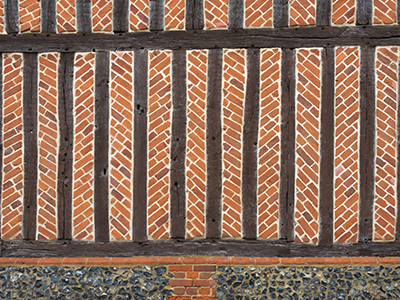
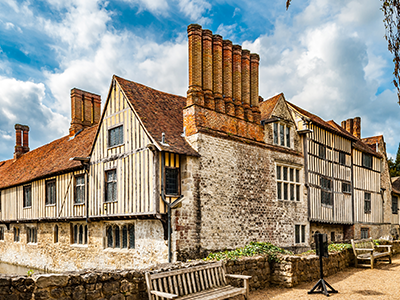
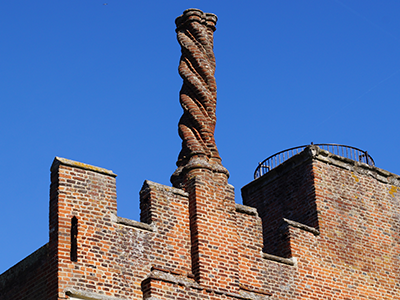
What is the meaning of mock Tudor?
Mock Tudor or Tudor Revival architecture takes inspiration from the original features of Tudor houses. Any building which borrows elements from the Tudor period but was built later may be classed as mock Tudor, and these are generally less 'hard work' than their authentic counterparts. Telltale signs that the house is mock Tudor rather than authentic are perfectly straight machine-milled 'beams' and taller, building regs-compliant doors and windows.
What era is mock Tudor?
Mock Tudor architecture began in the late 1700s and was most popular in the mid to late 19th century; though mock Tudor features appear up to the present day. Many new builds continue to be designed with mock Tudor cladding, particularly in rural areas to tie housing developments in with neighbouring historic areas.
What are the features of a mock Tudor house?
Modern mock Tudor houses are generally standard brick construction, with the lower part left as exposed brick and the upper part rendered, with decorative boards to imitate the beams of a half-timbered oak construction. Mock Tudor houses often feature bay windows and steeply pitched, gable-roofed dormers, porches and garages.
Mock Tudor houses generally have taller ceilings and larger windows than all but the grandest true Tudor buildings, as really old houses are characterised by low ceilings and smaller, heat-conserving external openings.
Older mock Tudor houses were part of the Gothic Renaissance and may have more of the ornate decorative features of Tudor buildings, including protruding upper storeys or bay windows, twisted brick chimneys, carved brackets and fascia boards.
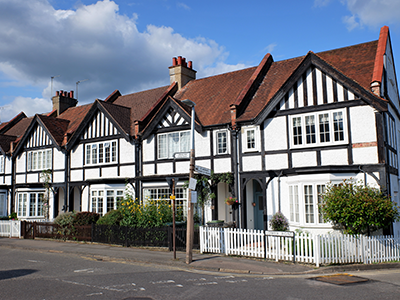
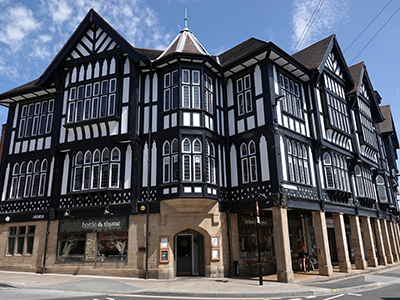
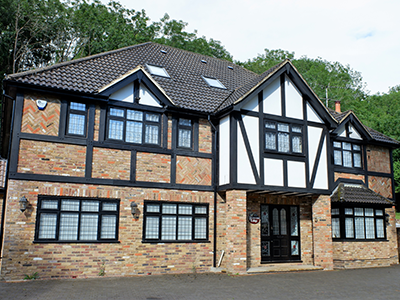
Should I buy a house with mock Tudor cladding?
The decision to buy a mock Tudor house, or house with mock Tudor cladding, comes down to personal taste; but there are a few things to consider before you make your mind up.
How old is the mock Tudor house?
Modern mock Tudor houses are usually of standard construction with superficial decorative additions. In this case, you can assume that any future maintenance on the property will be fairly straightforward, as far as making your offer.
We strongly recommend that you have a RICS level 2 home survey conducted once your offer is accepted, to assess the condition of the property and flag any apparent or suspected defects. This will allow you to withdraw or adjust your offer based on any problems which need remedying.
Older mock Tudor houses can be hundreds of years old and are period properties in their own right, with historic charm desirable to many buyers. Older properties come with quirks, surprises, and a greater risk of material degradation or sub-par construction methods, which may not be right for you if you want an 'easy' home.
If you love the character and welcome the challenge, older or unusual houses should have a RICS level 3 home survey after your offer has been accepted. This is a more comprehensive assessment which will include how the property is built, what materials are used and how these will perform in the future.
Read more on What Is The Difference Between Level 2 and Level 3 Survey? for a full comparison of the two options.
What materials were used to imitate the Tudor features?
Exposed timbers are prone to warping, splitting and rot, which means you must be prepared for ongoing maintenance. More recently, plastic boards have been marketed for their durability, but these, too, will eventually need replacing.
Features which were designed purely for aesthetics may have compromised structural stability, which is why a RICS Home Survey should be conducted as a priority.
Some mock Tudor cladding offers practical benefits, as well as aesthetic charm; insulative boards are added to the exterior facade of the property between the 'timber' frame. This can improve energy efficiency and noise insulation, which is an added perk.
It can, however, also protect and disguise deteriorating exteriors or damaged masonry. If you're buying a house with retrospective mock Tudor cladding, ask the sellers why it was added and be sure to get a RICS survey.
Are you looking for conveyancing services on a purchase?
Get a fixed fee, all-inclusive quote before you put your offer in, so you can budget accurately. Our friendly team will help manage your purchase, and we can solve any property challenge along the way.
Caragh is an excellent writer and copy editor of books, news articles and editorials. She has written extensively for SAM for a variety of conveyancing, survey, property law and mortgage-related articles.
Andrew started his career in 2000 working within conveyancing solicitor firms and grew hands-on knowledge of a wide variety of conveyancing challenges and solutions. After helping in excess of 50,000 clients in his career, he uses all this experience within his article writing for SAM, mainstream media and his self published book How to Buy a House Without Killing Anyone.

